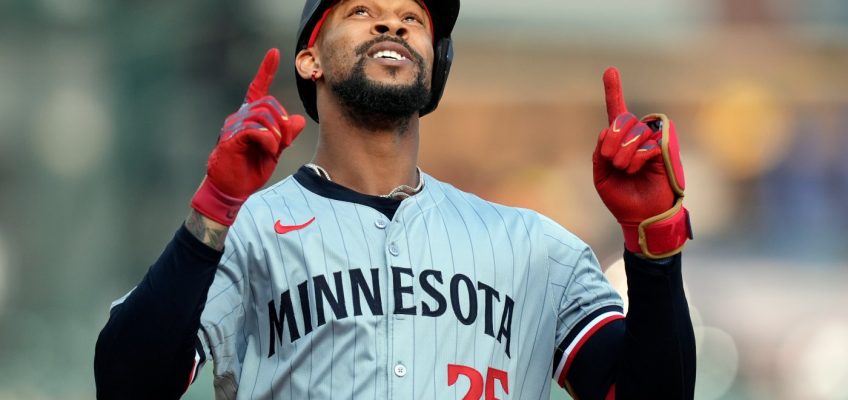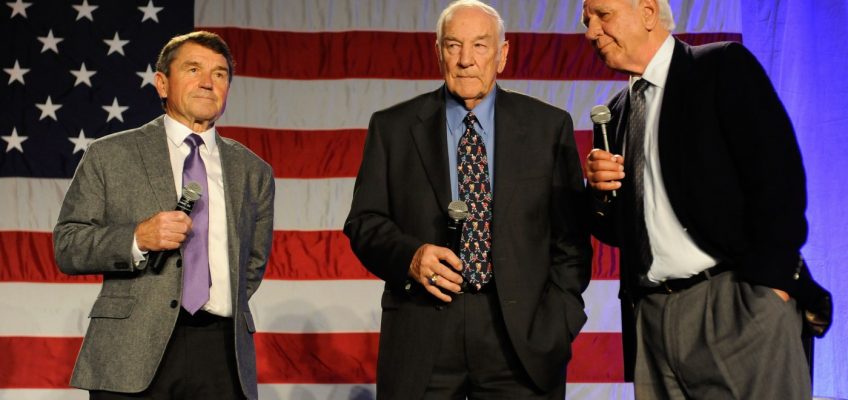By MATTHEW DALY
WASHINGTON (AP) — The Trump administration has fired about 1,000 newly hired National Park Service employees who maintain and clean parks, educate visitors and perform other functions as part of its broad-based effort to downsize government.
Related Articles
Supervisor in DC federal prosecutors’ office told to resign after dispute over investigation
Judge declines to immediately block Elon Musk or DOGE from federal data or layoffs
Judge questions motives for Trump’s order banning transgender troops
New York’s governor meets top political leaders as she weighs removing Mayor Eric Adams from office
Republican states claim zero abortions. A red-state doctor calls that ‘ludicrous’
The firings, which weren’t publicly announced but were confirmed by Democratic senators and House members, come amid what has been a chaotic rollout of an aggressive program to eliminate thousands of federal jobs plan led by billionaire Elon Musk and the new Department of Government Efficiency, an outside-government organization designed to slash federal spending. Adding to the confusion, the park service now says it is reinstating about 5,000 seasonal jobs that were initially rescinded last month as part of a spending freeze ordered by President Donald Trump.
Seasonal workers are routinely added during the warm-weather months to serve more than 325 million visitors who descend on the nation’s 428 parks, historic sites and other attractions each year.
Park advocates say the permanent staff cuts will leave hundreds of national parks — including some of the most well-known and most heavily visited sites — understaffed and facing tough decisions about operating hours, public safety and resource protection.
“Fewer staff means shorter visitor center hours, delayed openings and closed campgrounds,″ said Kristen Brengel, senior vice president of government affairs at the National Parks Conservation Association, an advocacy group.
Trash will pile up, restrooms won’t be cleaned, and maintenance problems will grow, she predicted. Guided tours will be cut back or canceled and, in the worst cases, public safety could be at risk.
The Trump administration’s actions “are pushing an already overwhelmed Park Service to its breaking point,” Brengel said. “And the consequences will be felt in our parks for years.”
A spokesperson for the Interior Department, which oversees the park service, declined to comment Monday. A separate email to the park service received no answer.
Democrats on the House and Senate Appropriations Committees confirmed the firings as part of a larger list of terminations ordered by the Trump administration.
“There is nothing ‘efficient’ about indiscriminately firing thousands upon thousands of workers in red and blue states whose work is badly needed,” said Sen. Patty Murray. D-Wash., vice chair of the Appropriations panel, who blamed both Trump and Musk.
“Two billionaires who have zero concept of what the federal workforce does are breaking the American government — decimating essential services and leaving all of us worse off,” Murray said.
Among other cuts, 16 of 17 supervisory positions at Wyoming’s Grand Teton National Park were eliminated, Brengel said, leaving just one person to hire, train and supervise dozens of seasonal employees expected this summer at the popular park where thousands of visitors marvel at grizzly bears and bison.
At Virginia’s Shenandoah National Park, meanwhile, fee collectors and trail maintenance employees were laid off, potentially making trails at the popular park near Washington, D.C., unpassable after heavy rains.
“They’re basically knee-capping the very people who need to train seasonal” employees who work as park rangers, maintenance staff and trailer managers, Brengel said in an interview. “It puts the park in an untenable position. You’re going to hurt tourism.″
The firings may force small parks to close visitor centers and other facilities, while larger parks will have to function without cultural resources workers who help visitors interpret the park, fee collectors and even wastewater treatment operators, she said.
Stacy Ramsey, a ranger at the Buffalo National River in Arkansas, wrote on Facebook that she was fired on Friday. She had been a probationary employee in the first year of a four-year position funded by the 2022 Inflation Reduction Act, the climate law signed by former President Joe Biden.
“Did those who made the decision know or care that the main objective of my position is to provide preventive search and rescue education, to keep park visitors safe?” she asked in a widely shared Facebook post.
Brian Gibbs, who had been an environmental educator at the Effigy Mounds National Monument in Iowa, was heartbroken after losing what he called his “dream job” on Friday.
“I am the defender of your public lands and waters,” Gibbs wrote on Facebook in another widely shared post. “I am the motivation to make it up the hill…the Band-Aid for a skinned knee” and “the lesson that showed your children that we live in a world of gifts — not commodities. That gratitude and reciprocity are the doorway to true abundance, not power, money or fear.”
A freeze on spending under a five-year-old law signed by Trump also jeopardizes national parks, Brengel and other advocates said. The Great American Outdoors Act, passed with bipartisan support in 2020 and signed by Trump, authorizes $6.5 billion over five years to maintain and improve national parks.
The program is crucial to whittling down a massive maintenance backlog at the parks and is frequently hailed as a success story by lawmakers from both parties. The freeze could slow road and bridge improvements at Yellowstone National Park, which is in the midst of a $216 million project to improve safety, access and experience on park roads. The project is mostly funded by the Great American Outdoors Act.
Democratic senators denounced the job cuts, saying in a letter before the mass firings were imposed that if a significant number of National Park Service workers take an early retirement package offered by Trump or are terminated from their positions, “park staffing will be in chaos. Not only does this threaten the full suite of visitor services, but could close entire parks altogether,″ the senators wrote.
The letter was led by Sens. Jeff Merkley of Oregon and Angus King of Maine and signed by 20 other senators.
Gutting staff at national park units “will devastate local ‘gateway’ communities where parks generate significant economic activity – from hotels to restaurants to stores to outfitters,″ the senators wrote. Park visitors supported an estimated 415,000 jobs and $55.6 billion in total economic activity in 2023, they said.
Ramsey wrote on Facebook that she assisted with at least 20 search-and-rescues on the Buffalo National River in Arkansas over the past five years. She said she worked as a river ranger, upper district fee collector, interpreter and even helped out with concessions and maintenance during her time at the park.
The Buffalo, established as the first national river in the U.S. by Congress in 1972, flows freely through the Ozark Mountains of Arkansas for 135 miles of quiet pools, majestic bluffs and churning rapids, it is one of the few remaining undammed rivers in the lower 48 states.
Ramsey stayed in the river ranger job despite opportunities for more permanent positions, she said, “because I loved looking out for the safety of people on the river.”
“I truly loved my job,” she wrote. “The river is home to me.”




